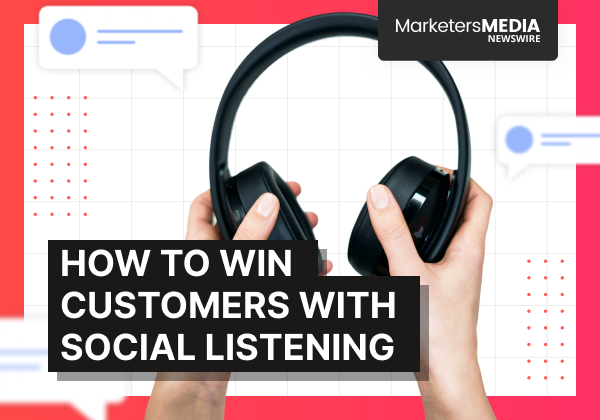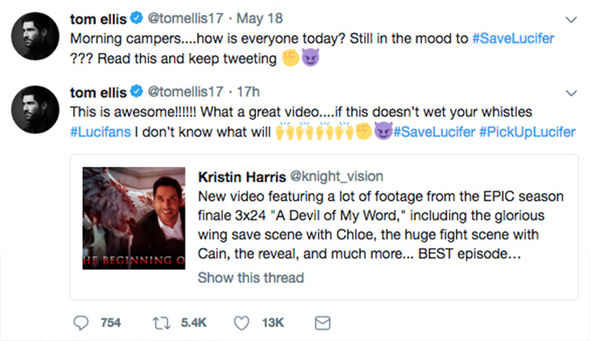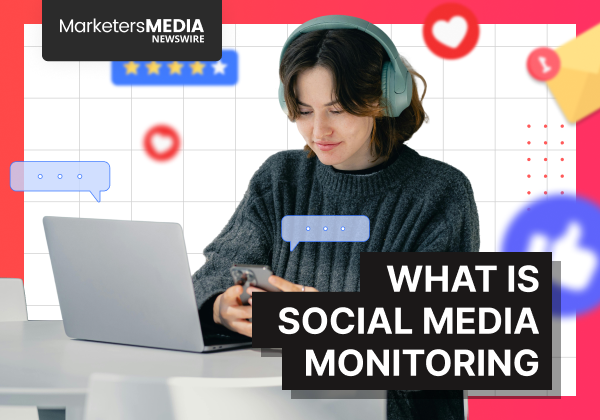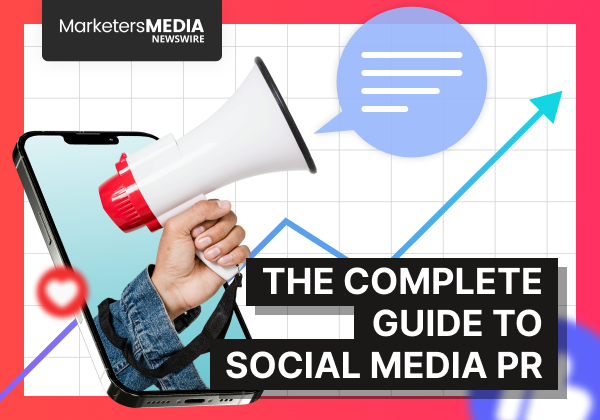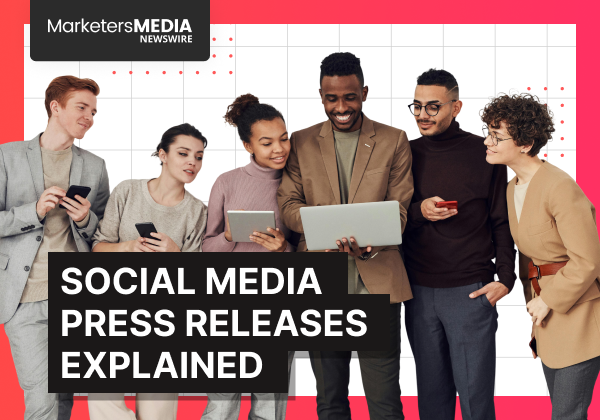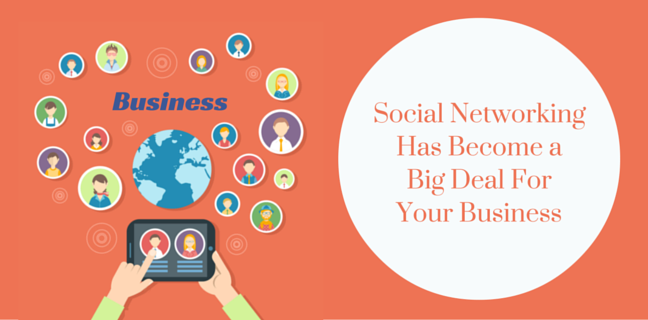The average person spends about 2 hours and 24 minutes on social media every single day.
In that time, they are discussing, celebrating, and criticizing the brands they interact with, creating a tidal wave of online conversation.
For any business, trying to make sense of this volume is like trying to hear a single voice in a crowded stadium. The obvious solution is social listening—the practice of tracking online conversations about your brand, industry, and competitors.
Yet many businesses reduce social listening to tracking brand mentions and replying to comments. This narrow view turns a strategic intelligence tool into little more than a customer service inbox, leaving competitive insights, product feedback, and market opportunities untapped.
This article will show you what social listening really is, why it matters beyond basic monitoring, and how to implement a strategy that delivers measurable business results.
What is Social Listening?
Social listening is the strategic practice of tracking and analyzing conversations across social media, blogs, forums, and review sites to understand public sentiment and extract actionable insights.
How it differs from social media monitoring:
- Social media monitoring is reactive. It tracks brand mentions in real time, collects direct comments, and enables quick customer service responses. The question it answers is: “What are people saying?”
- Social listening is strategic. It looks at broader conversations to spot patterns, emerging trends, and underlying sentiment that guide long-term business decisions. The question it answers is: “Why are people talking, and what does it mean?”
Difference between social media monitoring and social listening:
| Aspect | Social Media Monitoring | Social Listening |
| Objective | Immediate response and customer service | Strategic insights and trend identification |
| Approach | Reactive, short-term | Proactive, forward-looking |
| Scope | Direct brand mentions | Industry-wide conversations including competitors |
| Data Focus | Quantitative metrics (likes, shares, mentions) | Qualitative insights (emotions, context, themes) |
| Impact | Day-to-day interaction management | Long-term strategic planning |
Why Social Listening Matters for Your Business
Social listening provides authentic, unfiltered access to customer conversations that traditional market research often misses.
When customers discuss your brand or industry online, they're not responding to survey questions—they're expressing genuine opinions and experiences.
Deep Customer Understanding
Social listening reveals hidden pain points and recurring frustrations that customers face. By tracking industry-relevant keywords beyond your brand name, you can identify conversations where customers need help but haven't directly contacted you.
This proactive approach transforms frustrated individuals into brand advocates through timely, empathetic responses.
Inform Product Development
Customer feedback gathered through social listening is invaluable for guiding product roadmaps, feature updates, and bug fixes. It ensures that development is aligned with what customers actually want and need.
Crisis Management and Reputation Protection
A single negative comment can escalate into a full-blown crisis within hours. Social listening acts as an early warning system, detecting sudden spikes in negative mentions or sentiment shifts before they gain widespread attention. This allows brands to respond strategically rather than reactively.
Competitive Intelligence
Monitor competitor campaigns, analyze how they're perceived, and identify their strengths and weaknesses.
Social listening helps you determine your "Share of Voice"—how much of the industry conversation your brand captures compared to competitors. This intelligence reveals market gaps you can exploit.
Content Strategy and Campaign Optimization
By analyzing what topics resonate with your audience, you can create content that feels authentic and relevant. Social listening identifies emerging trends before they become mainstream, enabling timely, culturally relevant content that stands out from competitors.
Types of Data Social Listening Measures
To understand how social listening delivers these strategic benefits, you need to know what it actually measures.
Social listening tracks two main types of information that work together to give you the complete picture.
Quantitative Data
This is the “what” behind your social presence:
- Descriptive metrics: Key figures such as the number of mentions, reach (potential audience exposure), and engagement (likes, shares, comments).
- Actionable metrics: Source attribution, content performance, audience demographics
Qualitative Data
This is the “why” that gives numbers meaning:
- Sentiment analysis: Whether people feel positive, negative, or neutral about your brand
- Trend analysis: What topics keep coming up in conversations about your industry
Modern social listening tools use AI to make sense of this data at scale. Without AI, analyzing thousands of daily mentions would require an army of people reading every single post.
AI can instantly classify sentiment across millions of conversations, group related discussions into themes, and alert you when something unusual happens—like a sudden spike in negative mentions that could signal a brewing crisis.
This combination of human strategy and AI processing power is what makes social listening practical for businesses of any size.
How to Implement a Social Listening Strategy
Step 1: Define Clear Objectives
Link your strategy to specific business goals. Are you trying to improve brand health, conduct competitive analysis, or generate leads? Use SMART goals to maintain focus and measure success.

Step 2: Choose the Right Tools
Select a platform that aligns with your objectives, budget, and technical requirements. Consider factors like channel coverage, AI capabilities, and integration with existing systems (e.g., CRM).
Step 3: Define Keywords and Queries
Create comprehensive monitoring terms including:
- Brand name and common misspellings
- Product names and slogans
- Key employee names
- Industry buzzwords
- Competitor brands
- Relevant hashtags
Use Boolean logic (AND, OR, NOT) to refine searches and reduce noise.
Step 4: Monitor and Analyze
Regularly review the data gathered. Look for patterns, sentiment shifts, recurring pain points, and emerging trends. Categorize insights to make them more manageable and shareable across departments.
Step 5: Take Action
This is the most critical step. Share relevant findings with appropriate teams—product complaints to development, service issues to customer support, content ideas to marketing.
Step 6: Measure, Report, and Optimize
Track progress using KPIs like share of voice, sentiment scores, and engagement rates. Use dashboards to visualize performance and regularly refine your approach.
Real-World Social Listening Success Stories
Netflix and Lucifer
Netflix tracked the #SaveLucifer hashtag campaign across social platforms, identifying massive fan demand to revive the canceled show. Their decision to pick up the series paid off—Lucifer became one of Netflix's most-watched series, proving how social listening can inform major content investments.
Chick-fil-A's BBQ Sauce Crisis
When Chick-fil-A replaced their original BBQ sauce, social listening detected a 923% spike in weekly mentions and 73% negative sentiment.
The company quickly responded by relaunching the original sauce with a #BroughtBackTheBBQ campaign, flipping sentiment to 92% positive and turning a potential crisis into customer loyalty.
McDonald's Grimace Shake Trend
During their "Grimace's Birthday" campaign, McDonald's used social listening to identify a viral TikTok trend involving the Grimace Shake. The brand quickly engaged with humorous content, boosting engagement and contributing to strong quarterly earnings by capitalizing on an organic cultural moment.
meee pretending i don't see the grimace shake trendd pic.twitter.com/ZTcnLTESC8
— McDonald's (@McDonalds) June 27, 2023
These examples demonstrate how social listening transforms reactive brands into proactive market leaders who anticipate customer needs and capitalize on emerging opportunities.
The Future of Social Listening
The social listening market is projected to grow to $18.43 billion by 2030, driven by several key trends that will shape how businesses understand their customers:
Advanced AI and Personalization
Machine learning will enable more granular audience analysis, allowing brands to understand unique preferences for hyper-personalized experiences.
Multimedia Content Analysis
Listening will expand beyond text to incorporate images, videos, and audio as platforms like TikTok and YouTube continue dominating consumer attention.
Niche Platform Monitoring
Analysis will extend into private communities and specialized forums like Discord and Slack to capture insights from previously overlooked conversations.
Ethics and Transparency Focus
Greater emphasis on data privacy and ethical considerations will be essential for maintaining audience trust and regulatory compliance.
Wrapping It Up
Social listening transforms online conversations into business intelligence. When used strategically, it influences product development, marketing campaigns, customer service, and crisis management.
The brands that master social listening don't just hear what customers say—they understand what customers need before customers know it themselves.
Now that you know its true power, what is the one conversation happening online that your business can’t afford to miss?
Frequently Asked Questions (FAQ)
Q: What are the key features to look for when choosing a social listening tool?
A: Look for features like sentiment analysis (to classify emotions), real-time trend detection (to spot emerging topics), customizable dashboards (for data visualization), and strong channel coverage that goes beyond just social media (e.g., blogs, forums).
Q: How can social listening help sales teams?
A: Social listening helps sales teams by identifying common objections to your products and revealing customer feelings about your brand. This intelligence allows sales to refine their messaging and address customer concerns more effectively.
Q: How do I use Boolean logic for social listening queries?
A: Boolean logic uses operators like AND, OR, and NOT to refine your searches. For example, (Brand X OR Brand Y) AND (pain point keyword) NOT (competitor name) can narrow results to conversations comparing you and a competitor on a specific issue.
Q: What metrics should I track to prove social listening value?
A: Track Share of Voice (your brand's conversation share vs. competitors), sentiment analysis (positive vs. negative mentions), mentions volume (for awareness and crisis detection), engagement rates (content effectiveness), and crisis response time. Most importantly, connect these to business outcomes like leads generated, customer satisfaction improvements, and reduced response times.
Q: How can social listening be used for B2B?
A: In B2B, social listening focuses on low-volume, high-impact conversations in professional networks, specialized forums, or niche communities. It's used to identify industry influencers, track competitor moves, and find specific pain points within decision-making units.
Free Press Release Template
Tell us where to send your PDF:
